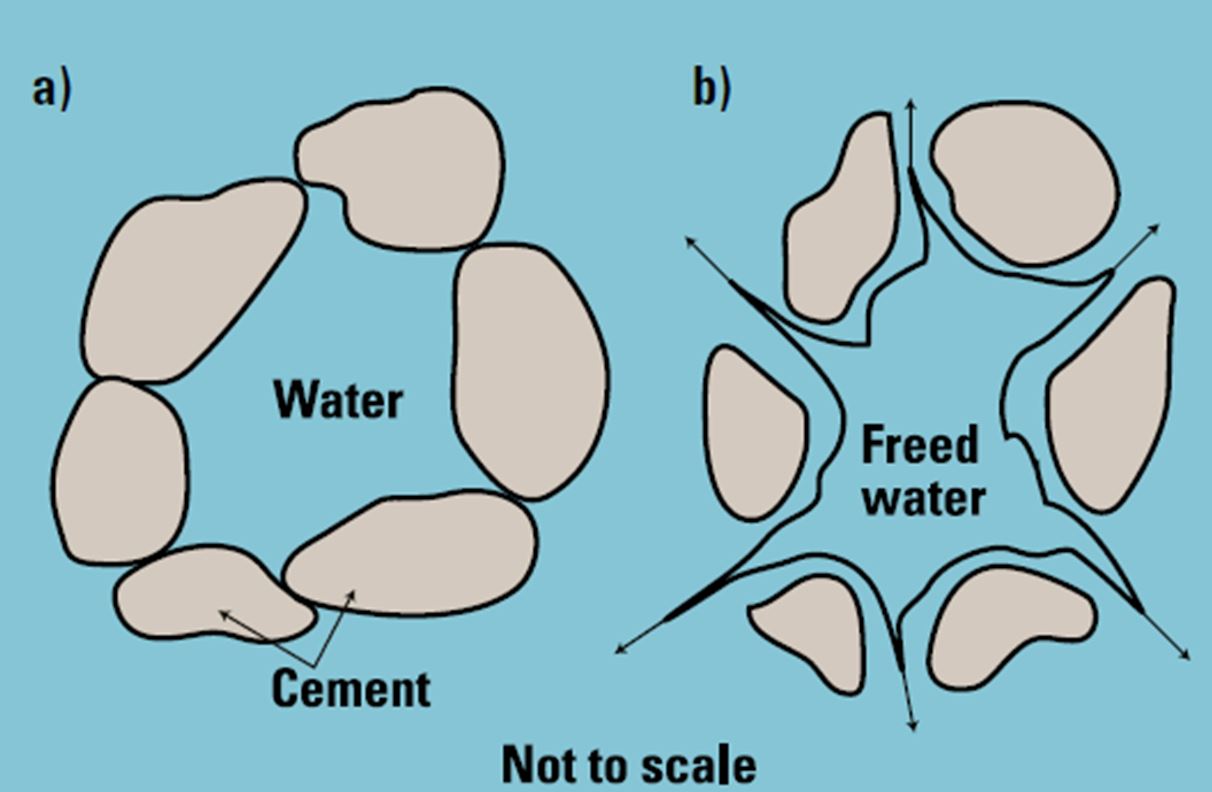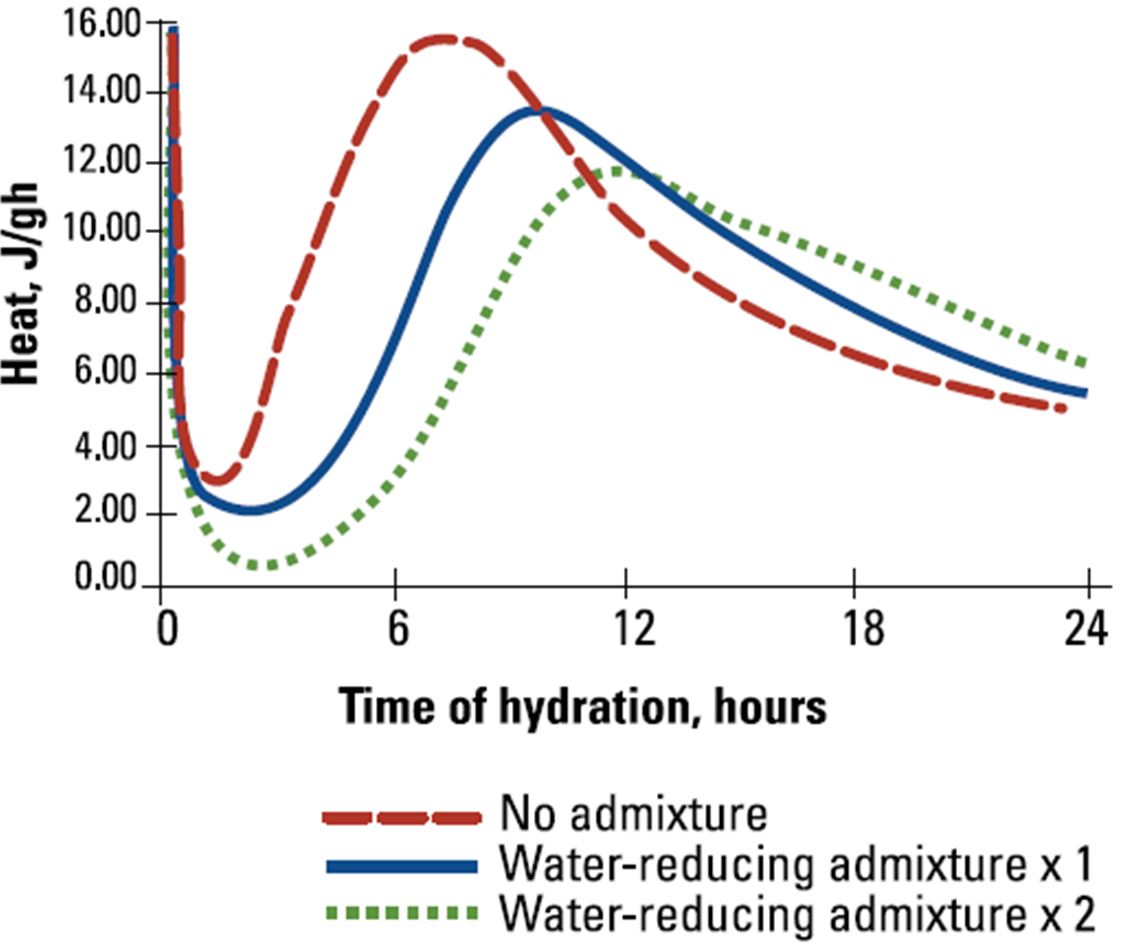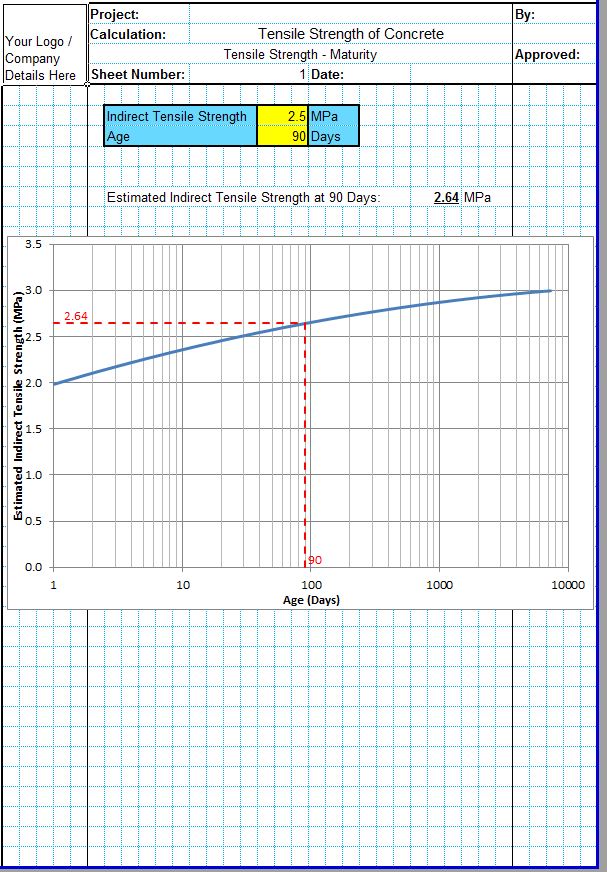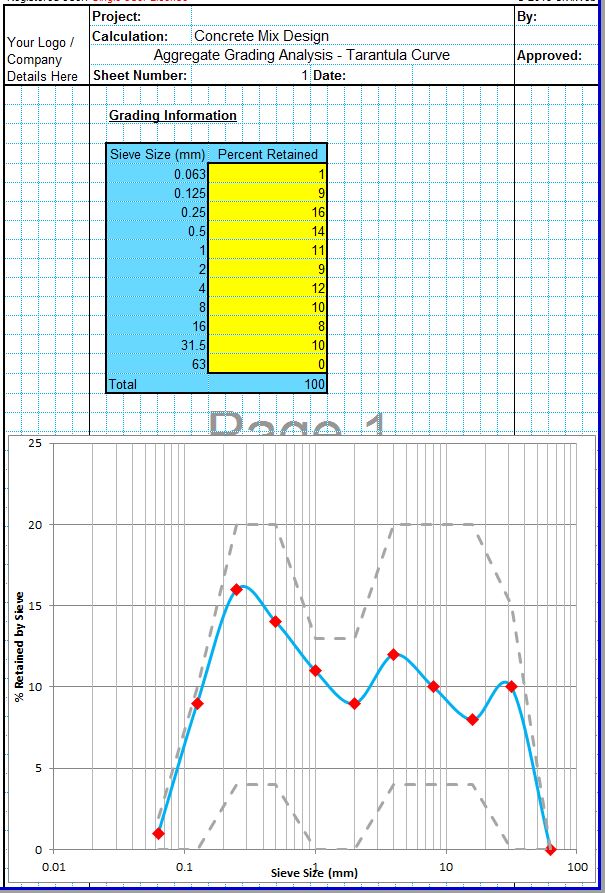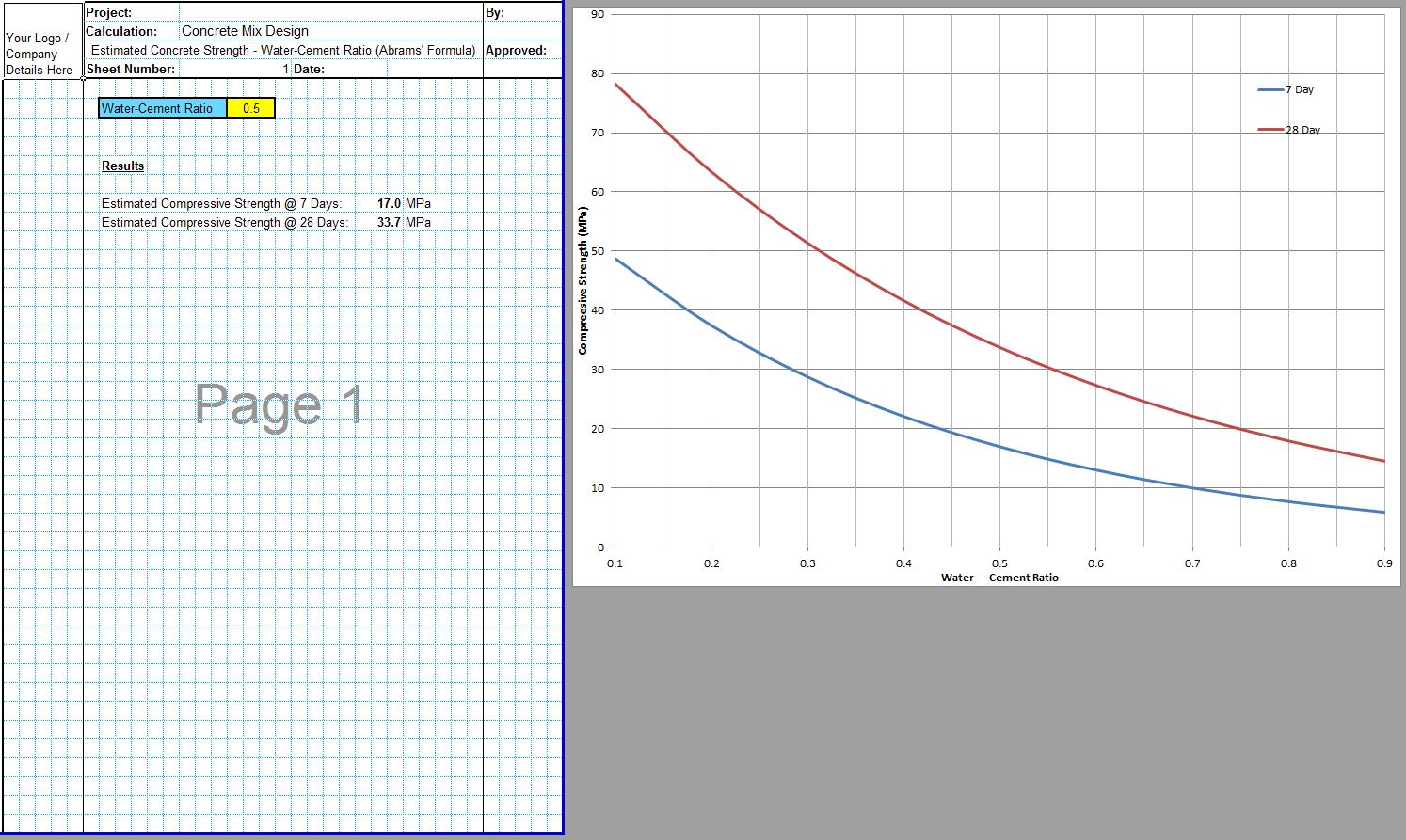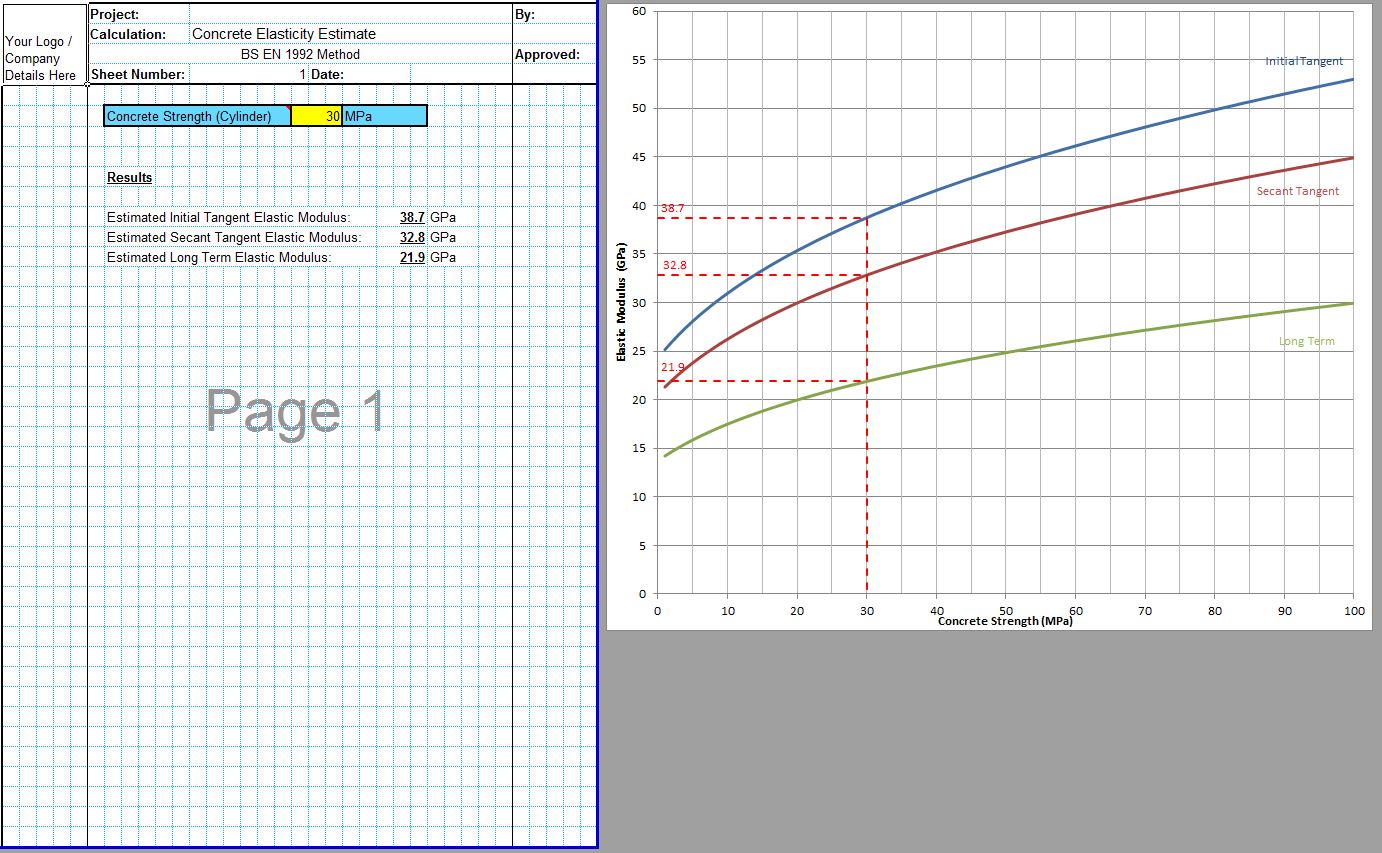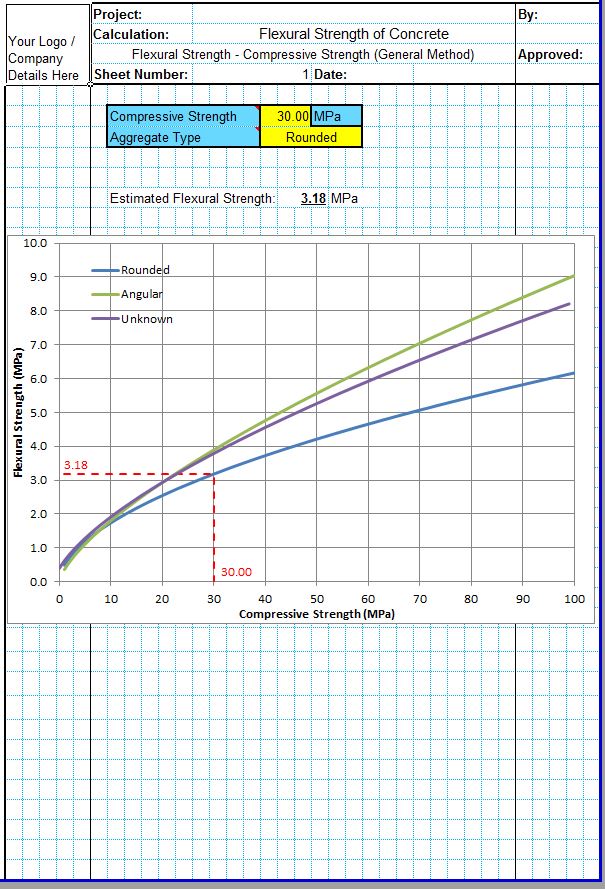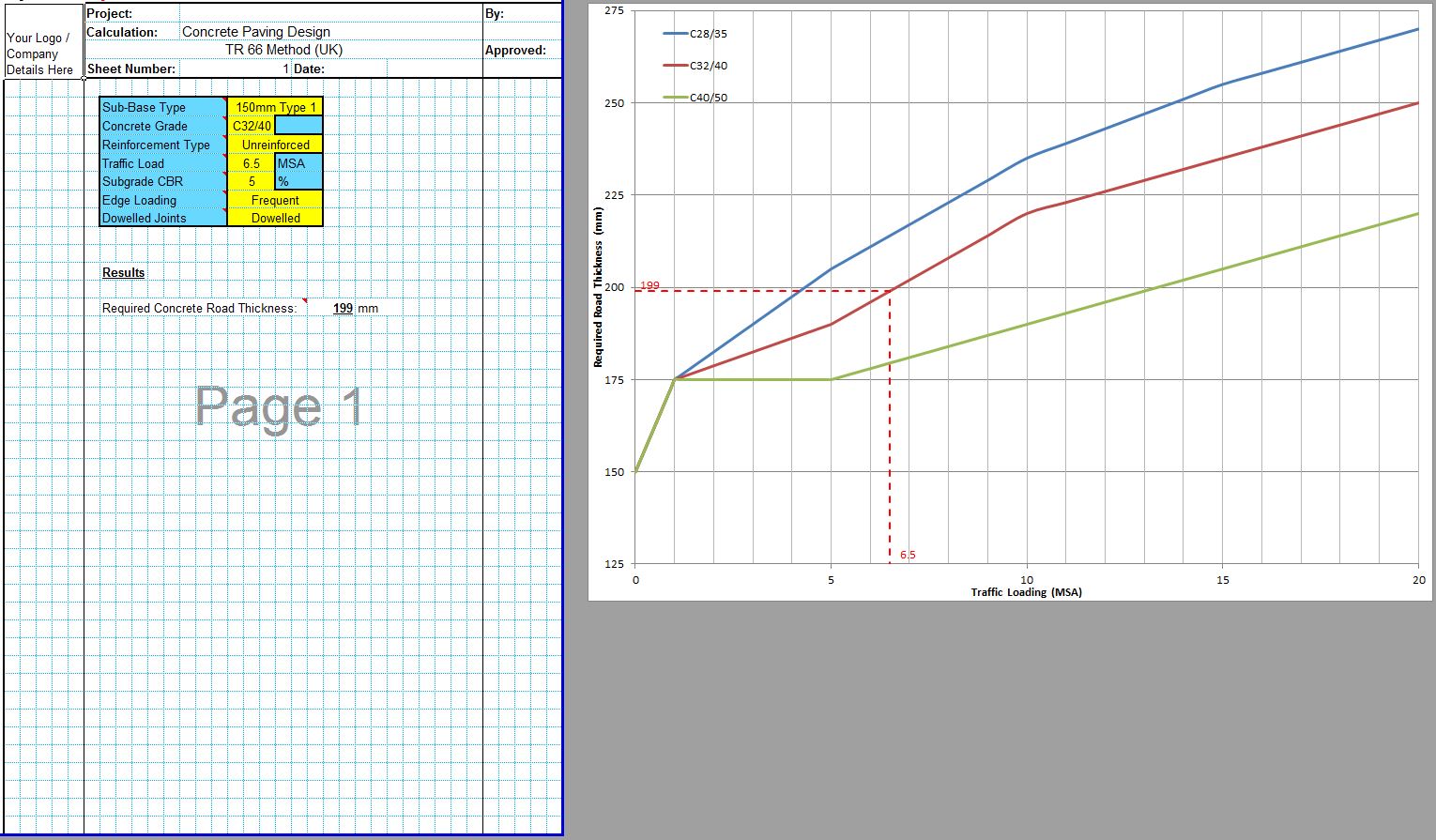Concrete plasticizers work to increase the plasticity or workability of the fresh concrete mix without adding extra water. Concrete plasticizers are also known as water reducing admixtures and high strength plasticisers are also known as high superplasticizers. Increasing the workability of the concrete allows a lower water content to be used which improves strength and durability of the hardened concrete.
Concrete Plasticizers (Water Reducing Admixtures in Concrete)
Water-reducing admixtures or concrete plasticizers are used to reduce the water content of a concrete mix while maintaining the same workability of the fresh concrete. If the water content is reduced this will either improve the water-cement ratio producing stronger concrete, or the cement content can be reduced which reduces cost and shrinkage. Further information on the effects of water content in fresh concrete is available in our Water Cement Ratio post.
Alternatively a concrete plasticizer can be used to increase the slump of a concrete mix, for example when the concrete will be pumped. High slump concretes can also be easier to compact and finish in some cases. Further information on the workability of fresh concrete is available in our Workability of Concrete post.
How Water Reducing Agents in Concrete Work
Concrete water reducers work by dispersing clusters of cement grains by electrically charging them which releases any water trapped by the clusters. This makes more water available for hydration and for the workability of the mix. This is illustrated in the below diagram.
Shrinkage is a major cause of distress to concrete pavements and therefore should be minimized. As shrinkage takes place mainly in the cement paste, the cement and water content of the concrete mix should be minimized. Therefore the addition of concrete plasticizers allows both the water and cement content of the concrete to be reduced without compromising the workability of the fresh concrete or the strength of the hardened concrete. There are however more reliable and more effective ways or reducing the water content and shrinkage of the concrete such as careful selection and grading of aggregates. If this is done correctly the concrete can reach a low water content without needing concrete plasticizer admixtures.
Water-reducers can be specified at three different levels;
- Low range (regular) concrete plasticizers – will reduce water content by 5%-10%
- Mid-range concrete plasticizers - will reduce water content by 10%-15%
- High-range concrete plasticizers (Superplasticizers) - will reduce water content by 15%-30%
As some concrete plasticizer admixtures can increase the air content, particularly polycarboxolate concrete plasticizers, their compatibility with any air entraining admixtures should be checked. Further information on air entraining admixtures can be found in our Air Entraining Admixtures post.
Concrete Plasticizers Effects on Setting Time
Some concrete plasticizer admixtures have been found to retard the hydration of the cement extending the setting time and reducing the early age strengths. This effect can be particularly significant during cold temperatures. Care should be taken to ensure that any concrete plasticizer admixtures used for concrete pavement works will not delay the setting time of the concrete as this will affect the finishing and saw cutting windows.
Superplasticizers also become ineffective after around 40 minutes which results in the concrete setting very quickly after this time. This can affect the finishing of the pavement. The effects on the hydration of the cement is shown in the below graph.
